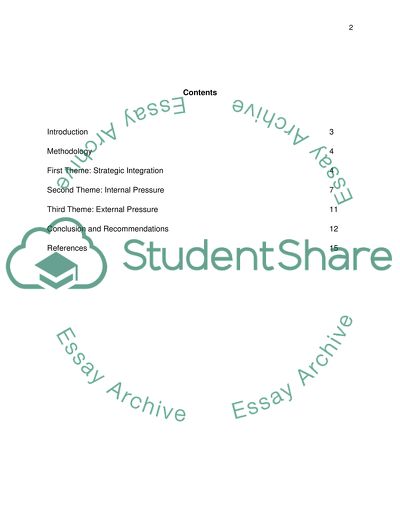Cite this document
(“The HRM Perspective: In the Context of Strategic Integration, Essay”, n.d.)
Retrieved from https://studentshare.org/human-resources/1395488-could-you-put-a-good-title-of-it-please
Retrieved from https://studentshare.org/human-resources/1395488-could-you-put-a-good-title-of-it-please
(The HRM Perspective: In the Context of Strategic Integration, Essay)
https://studentshare.org/human-resources/1395488-could-you-put-a-good-title-of-it-please.
https://studentshare.org/human-resources/1395488-could-you-put-a-good-title-of-it-please.
“The HRM Perspective: In the Context of Strategic Integration, Essay”, n.d. https://studentshare.org/human-resources/1395488-could-you-put-a-good-title-of-it-please.


